
Medieval manuscripts available in Digital Collections
Leiden University Libraries (UBL) has made more than five hundred medieval handwritten text sources available online via Digital Collections. This makes a third of her collection of Western medieval manuscripts – one of the largest and the most important in the Netherlands – available in high resolution and open access for research, education, and the interested public. All manuscripts are provided with a IIIF manifest and can be consulted remotely via the Leiden IIIF Advanced Viewer. In addition, for Leiden researchers and students, an approximately equal proportion of the Vossius manuscripts digitised by Brill can be consulted via the UBL catalogue. All these documents can be viewed digitally within the library and can usually also be consulted physically in the Special Collections Reading Room.
Medieval Manuscripts in Digital Collections
The Western medieval manuscript collection covers the period between 500 and ca. 1550 AD. The Leiden collection contains more than a hundred codices that were produced in the ninth century, the other 1,400 date from later centuries. In addition, the collection contains over a thousand manuscript fragments from Leiden library bindings. Of the digitised codices assembled in the Western Medieval Manuscripts online collection, most (some four hundred) contain texts by Latin and Greek authors of classical antiquity or Latin writings by medieval Church Fathers and scholars. Digital Collections also contains more than a hundred vernacular manuscripts, including some highlights from Dutch literary history. Various medieval manuscripts from collections of important Leiden scholars such as Lipsius and Scaliger have also been made available online. The Latin and Greek manuscripts collected by Isaac Vossius (1618-1689) are considered the crown jewels of Leiden's library collections. They have been digitised in collaboration with Brill publishers and are available to Leiden researchers and students via the Leiden catalogue after logging in with their ULCN account.
Collecting from a humanistic ideal
Leiden University was founded in 1575 from a humanist ideal and in the first centuries after its foundation, scholars paid a lot of attention to the study of classical antiquity. Leiden philologists consulted old versions of classical texts in order to detect and correct all kinds of errors (originated during the lengthy process of text transmission) by comparing text variants. Just over half of the manuscripts now made available digitally in the collection Western Medieval Manuscripts belong to the Codices Bibliothecae Publicae Latini (BPL), manuscripts acquired by the UBL for this purpose. In addition, the BPL collection contains manuscripts with Christian texts, including treasures such as the Evangeliary from northern France dated around 875 and the beautifully illuminated Psalter of Louis the Holy, which was produced in Northern England around 1190.

Medieval manuscripts from the Society of Dutch Literature collection
Another important part of the medieval manuscript collection was given on permanent loan to the UBL by the Society of Dutch Literature in 1876. More than a hundred manuscripts and fragments from this collection, indicated with the signature 'LTK', have now been made available digitally. Among these pieces are Middle Dutch religious texts (such as Bible translations, books of hours and prayer books), but also early Middle Dutch secular texts. Examples from the latter category are the manuscript with the Roman van Ferguut and the famous manuscript with the Roman van Walewein. Initially, Dutch universities paid little attention to linguistic and literary research into texts written in Dutch, French, German and other vernacular languages, certainly not if they dated from the period between Classical Antiquity and the Renaissance, which was considered inferior. Dutch language and literature only became the subject of academic study over the course of the nineteenth century, partly due to the rise of Romanticism and the revaluation of the Middle Ages. The UBL started collecting medieval vernacular literature relatively early, but the majority of these sources came to the UBL on loan from the Society.

Smaller collections
Over the centuries, the UBL has acquired various collections of Leiden scholars from donations, bequests, and purchases. In addition to printed works, correspondence and manuscripts of a more recent date, these collections often also contain medieval manuscripts. For example, Josephus Scaliger (1540-1609) bequeathed some of his books to Leiden University in his will and the collection of Justus Lipsius (1547-1606) was purchased in 1722 after various wanderings. From these collections and those of various other scholars, manuscripts are now available in Digital Collections. For a complete list of collections of Leiden scientists with medieval manuscripts, see the subject guide Medieval manuscripts.
-
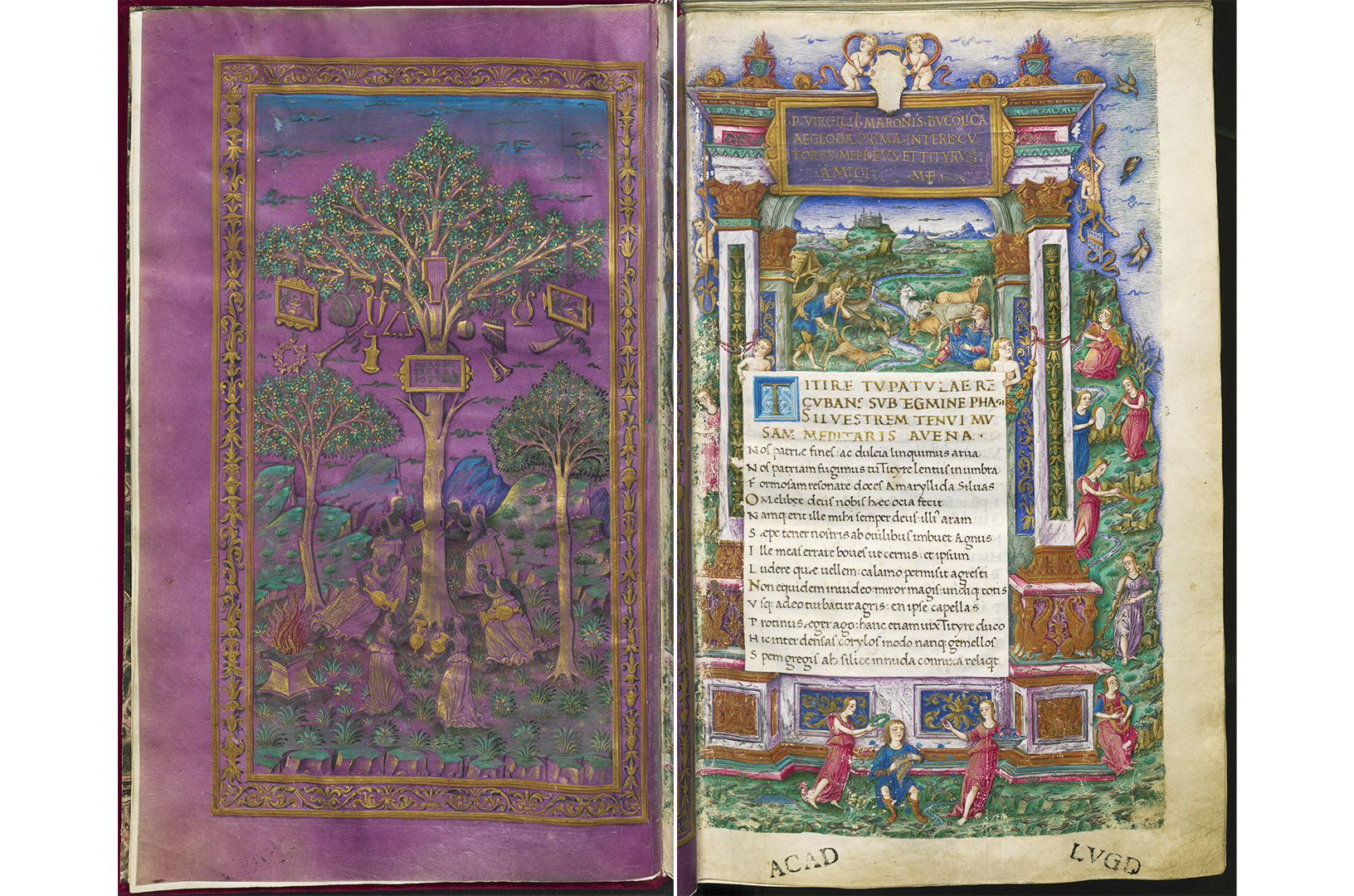
BPL 6 B -
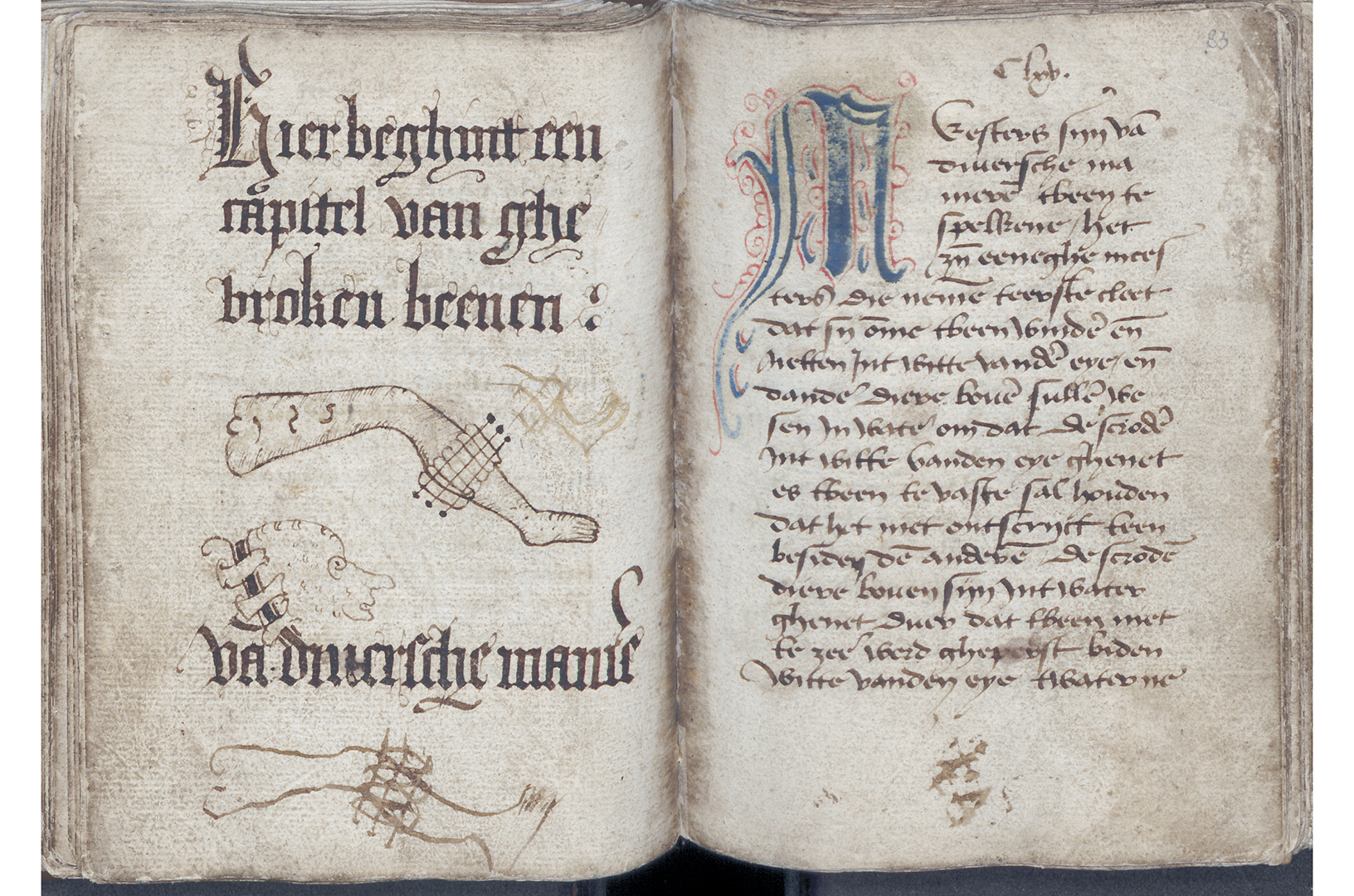
BPL 3094 -
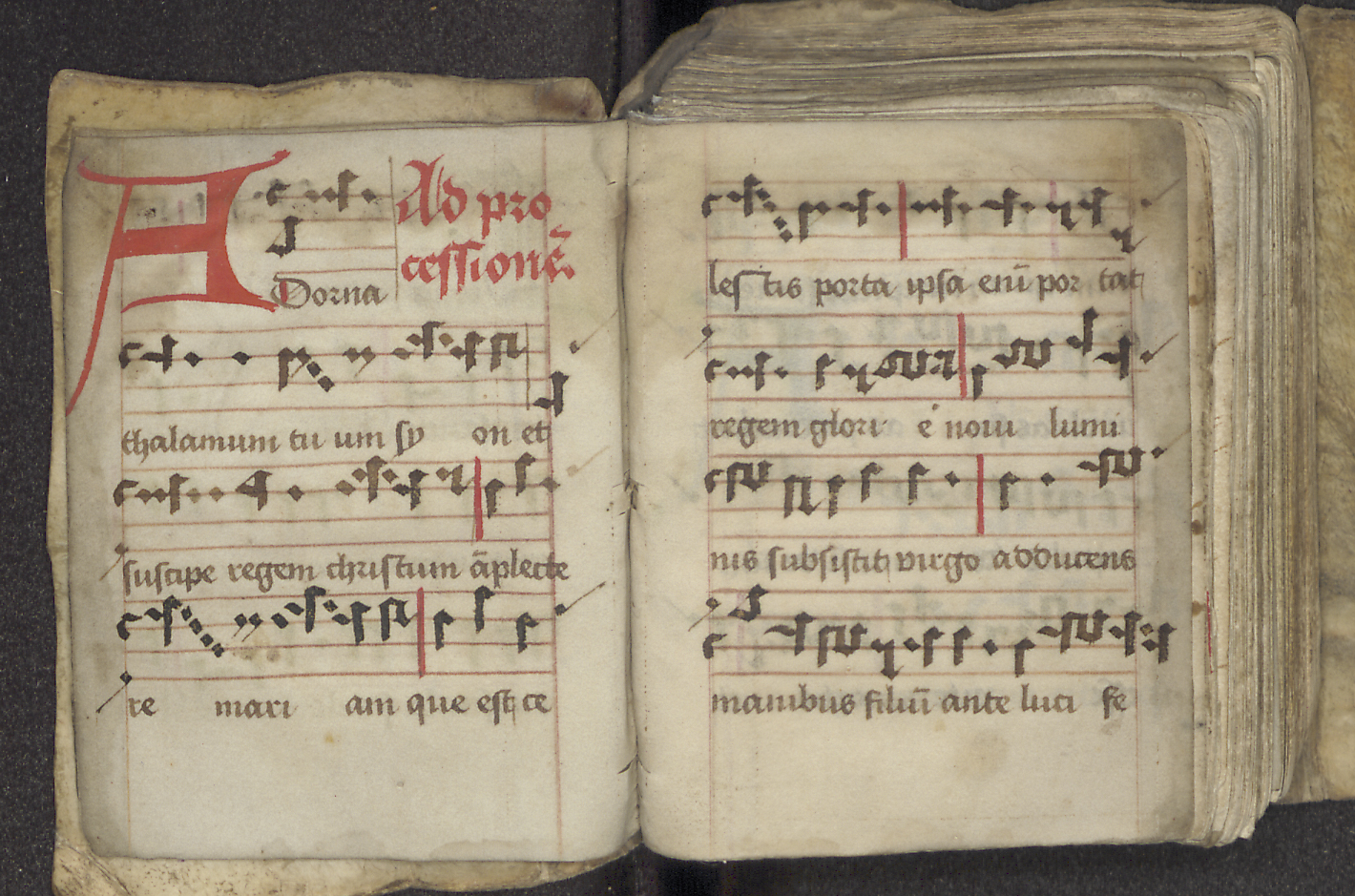
BPL 3744 -
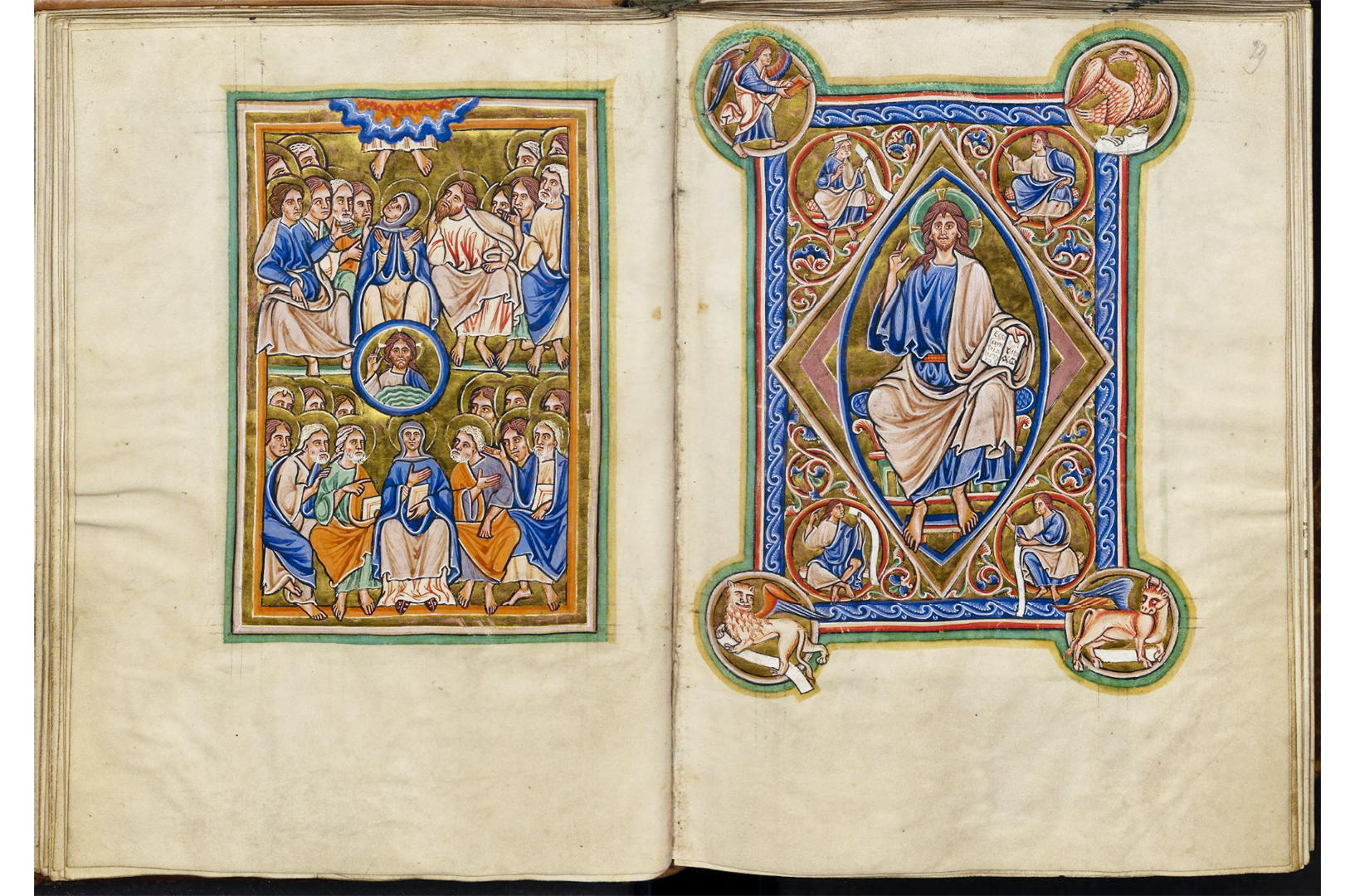
BPL 76 A -
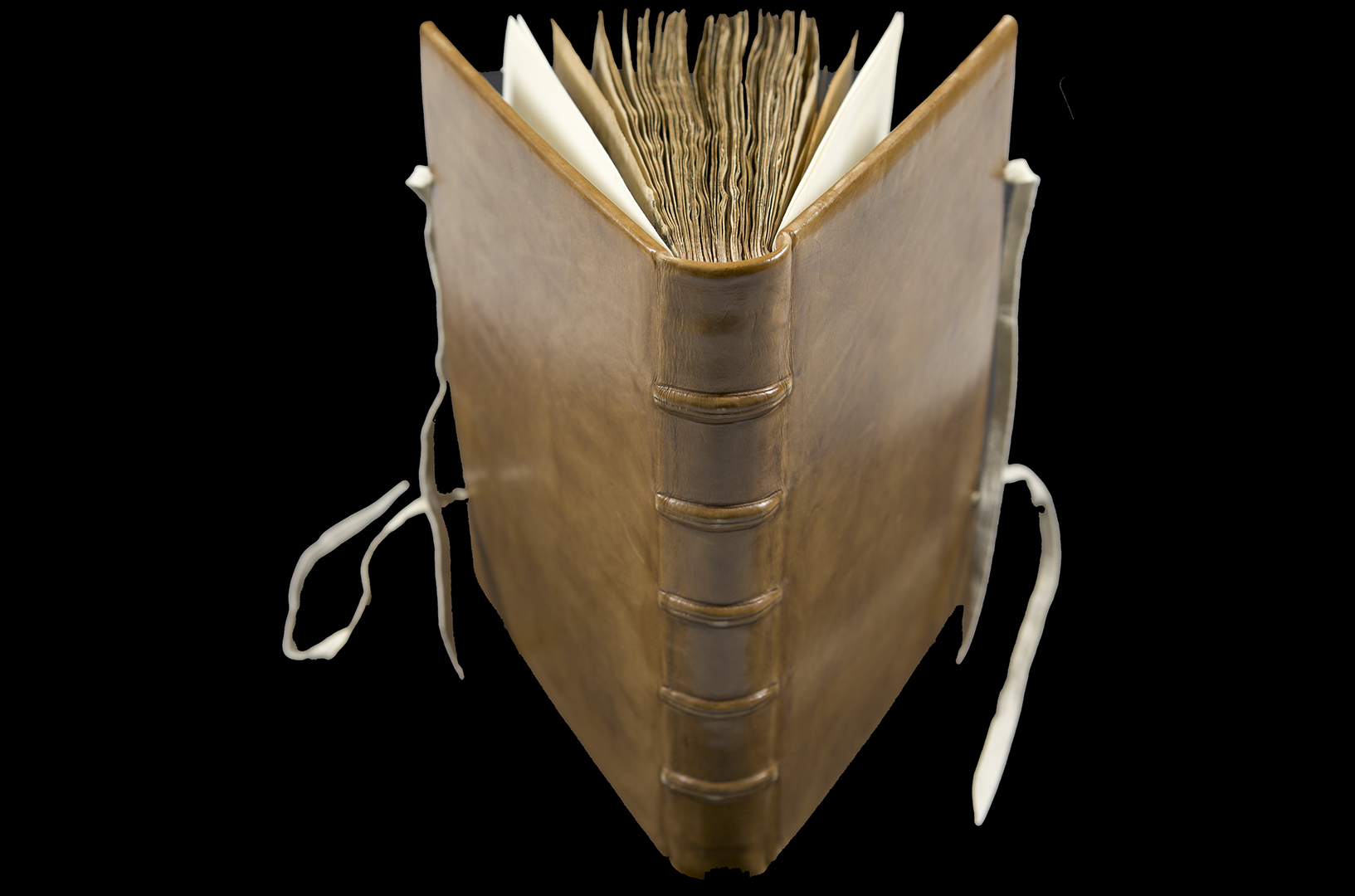
LTK 191
Digital availability
According to André Bouwman, curator of Medieval Manuscripts at the UBL, the main goal of digitisation is to make objects available to support research and education. Although not all forms of modern palaeographic or codicological research are possible with digital source material, an attempt has been made in Digital Collections to reproduce the material as authentically as possible. “You can’t learn everything through digital pages and openings, but you do get much closer to the source than you would through a text edition,” says Bouwman. Since the implementation of IIIF, all kinds of new possibilities have arisen for using digitised materials, for example in research projects, but also in education. In collaboration with former Scaliger professor Erik Kwakkel, he recently launched the website: Digital Manuscripts in the Classroom, for example, and researchers from Huygens-KNAW linked their exhibition The Art of Reasoning in Medieval Manuscripts to Leiden manuscripts in Digital Collections. Furthermore, via IIIF it has become possible to centrally organize local collections, such as in Biblissima, a portal that offers access to digitised manuscripts and early printed books from dozens of libraries, including the BnF, the Bayerische Staatsbibliothek, the Bodleian Libraries and recently also the UBL.
About Digital Collections
UBL makes digitised and born-digital materials available through Digital Collections. The Digital Collections platform provides a wide range of functionalities, like the ability to search printed works full text, to zoom-in on images and the ability to download high-definition images. It is also possible to search by types of materials and refine searches. A connection to the library catalogue is readily available and one can search different collections at the same time. Every collection has its own collection page, ensuring easy access to individual collections. Every digital source record has been provided with a persistent link, making records suitable for reference on the internet and in academic publications. Many materials in Digital Collections have been published under a CC-BY license, which makes them usable and alterable for every user. UBL continues to add new materials to Digital Collections. Many of these works are accessible through the Leiden IIIF Advanced Viewer. New users can view our instruction videos to optimally utilize the functionality of Digital Collections.
